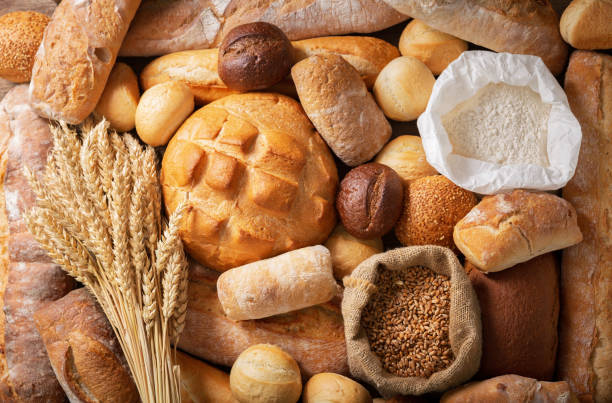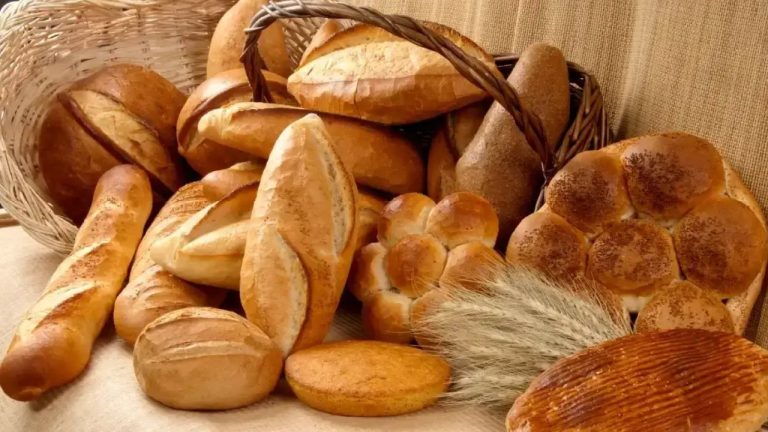Bread in Turkish Cuisine: A Culinary Staple
Bread holds a central place in Turkish cuisine, not just as a food item but as a cultural symbol. With its rich history and diverse varieties, Turkish bread is an integral part of daily life. In this blog post, we will explore the significance, types, and unique characteristics of bread in Turkish cuisine.
The Cultural Significance
Bread, or “ekmek” in Turkish, is more than just a staple food in Turkey; it is a symbol of sustenance and hospitality. In many Turkish households, bread is considered sacred, and wasting it is frowned upon. The phrase “bread and salt” symbolizes the essential elements of life and reflects the importance of bread in Turkish culture.

Types of Turkish Bread
Turkish cuisine boasts a variety of breads, each with its own unique flavor and texture. Here are some of the most popular types:
1. Pide
Pide is a flatbread often referred to as Turkish pizza. It comes in various forms, including the ramazan pide, which is specifically made during the holy month of Ramadan. Pide can be topped with various ingredients like cheese, meat, and vegetables, making it a versatile and beloved choice.
2. Lavaş
Lavaş is a soft, thin flatbread similar to the Middle Eastern lavash. It is commonly served with kebabs and is perfect for wrapping around grilled meats and vegetables. This bread is also a staple in many street food offerings across Turkey.
3. Simit
Simit, often called a Turkish bagel, is a circular bread encrusted with sesame seeds. It is crispy on the outside and soft on the inside. Simit is a popular breakfast item and is often enjoyed with cheese, olives, and tea.
4. Bazlama
Bazlama is a thick, round flatbread that is often cooked on a griddle. It has a soft, chewy texture and is typically served warm with butter, honey, or cheese. This bread is especially popular in rural areas.
5. Yufka
Yufka is a very thin, unleavened flatbread used to make börek, a savory pastry filled with cheese, meat, or vegetables. Yufka is also used to wrap and cook dishes like gözleme, a stuffed flatbread.
The Art of Baking Bread in Turkish
Baking bread in Turkey is both a culinary art and a communal activity. Traditional bread is often baked in wood-fired ovens, which impart a unique flavor and texture. The process of making bread involves meticulous preparation and a deep understanding of dough fermentation and baking techniques.
Turkish Bread Cuisine Traditional Techniques
Bread in Turkish Hand Kneading
Hand kneading is a critical step in the preparation of many Turkish breads. This process ensures the dough achieves the right consistency and texture.
Bread in Turkish Wood-Fired Ovens
Many traditional Turkish breads are baked in wood-fired ovens, which provide a high, consistent heat. This method gives the bread a distinctive crust and flavor that cannot be replicated in conventional ovens.
Fermentation
The fermentation process is essential for developing the flavors of the bread. Traditional methods often involve long fermentation times, allowing the dough to rise naturally and develop complex tastes.
Modern Takes on Turkish Bread
While traditional methods are still cherished, modern bakeries and home cooks are experimenting with new techniques and ingredients. Whole grains, seeds, and alternative flours are being incorporated to create healthier versions of traditional breads. Additionally, bread machines and electric ovens are making it easier for people to bake Turkish bread at home.
Bread in Turkish Cuisine Conclusion
Bread is a cornerstone of Turkish cuisine, reflecting the country’s rich cultural heritage and culinary traditions. From the streets of Istanbul to the rural villages, the aroma of freshly baked bread is a common and comforting presence. Whether you are enjoying a simple simit with tea or a lavish pide topped with meats and cheeses, Turkish bread is sure to delight your senses and satisfy your hunger.

